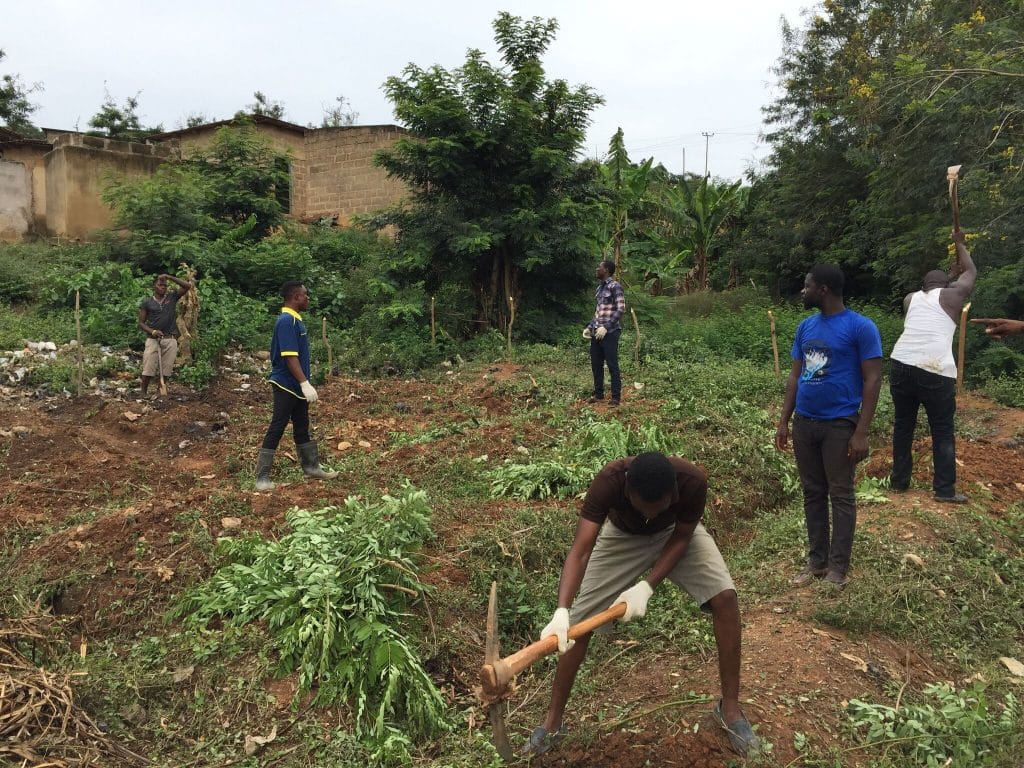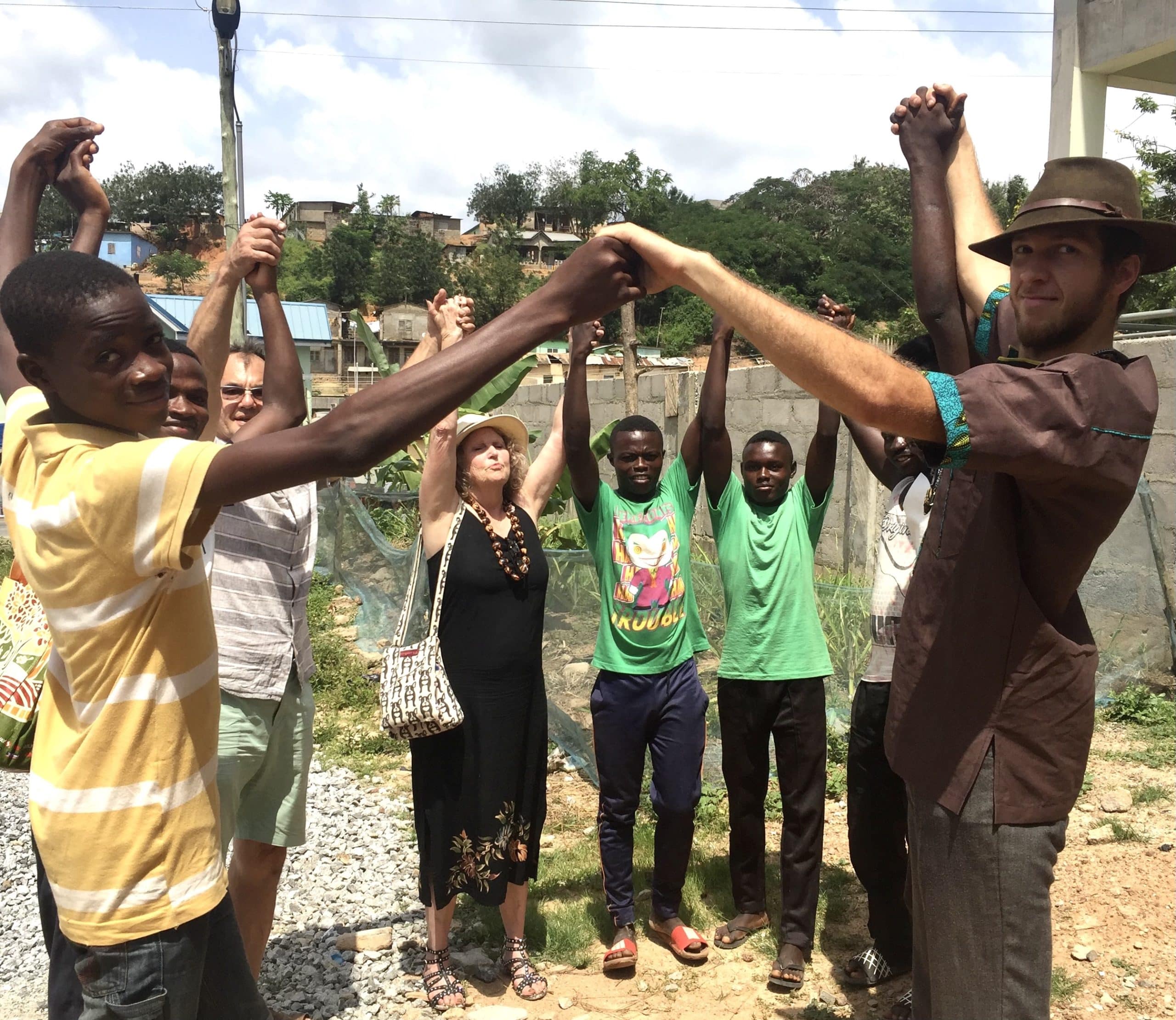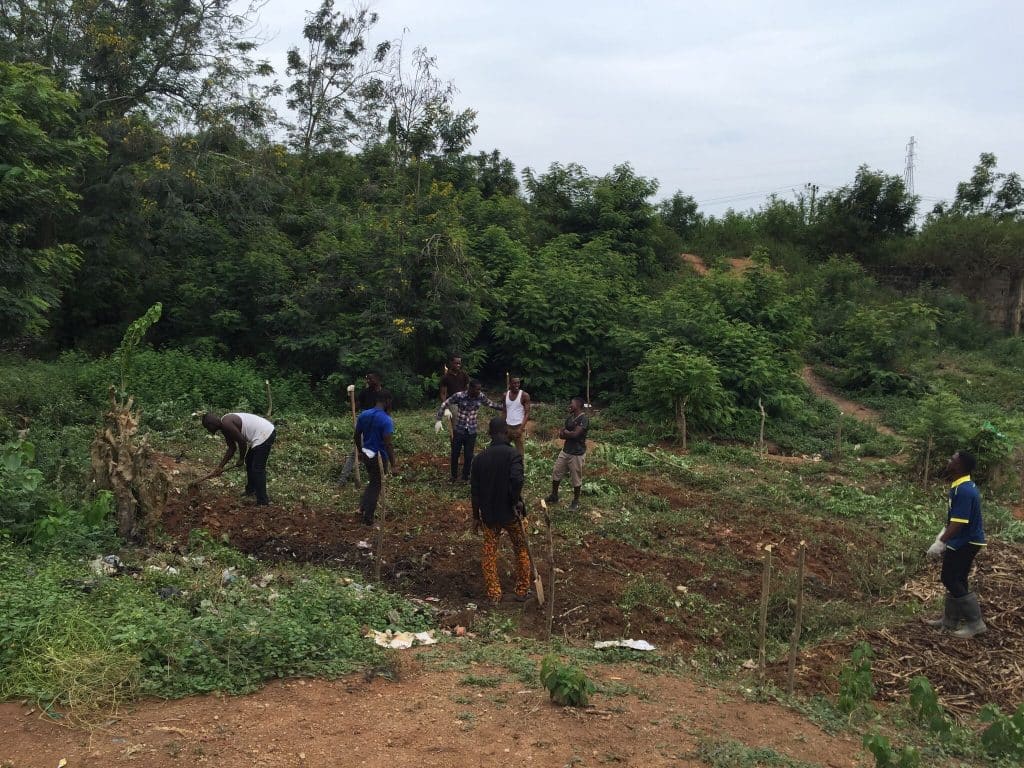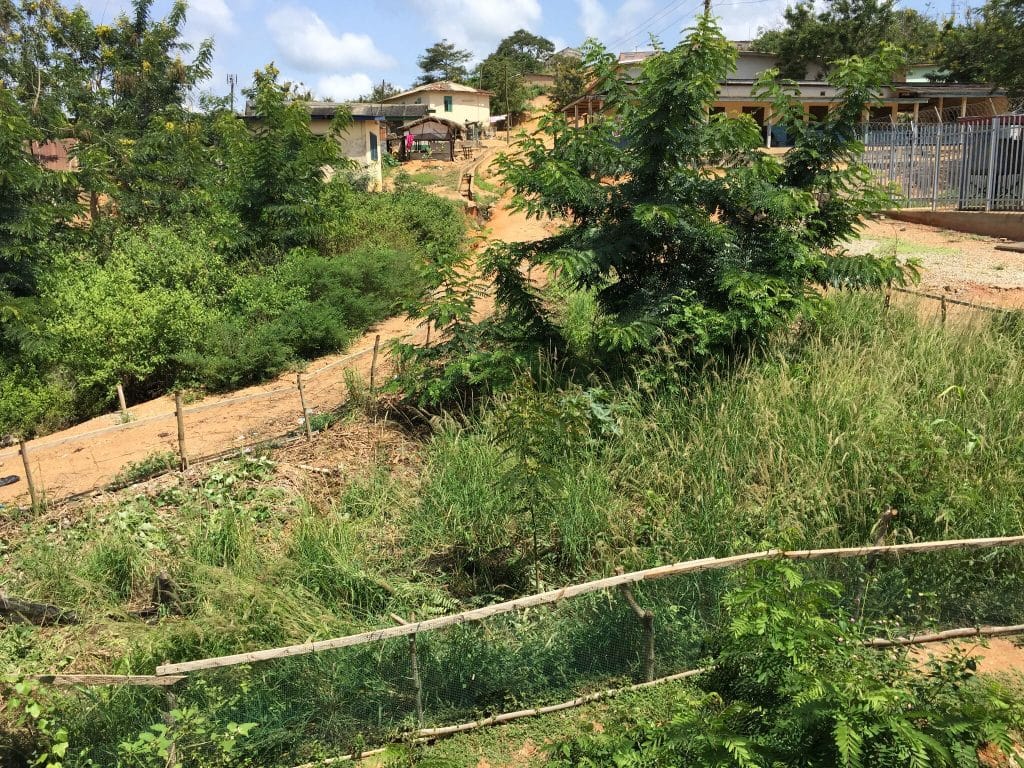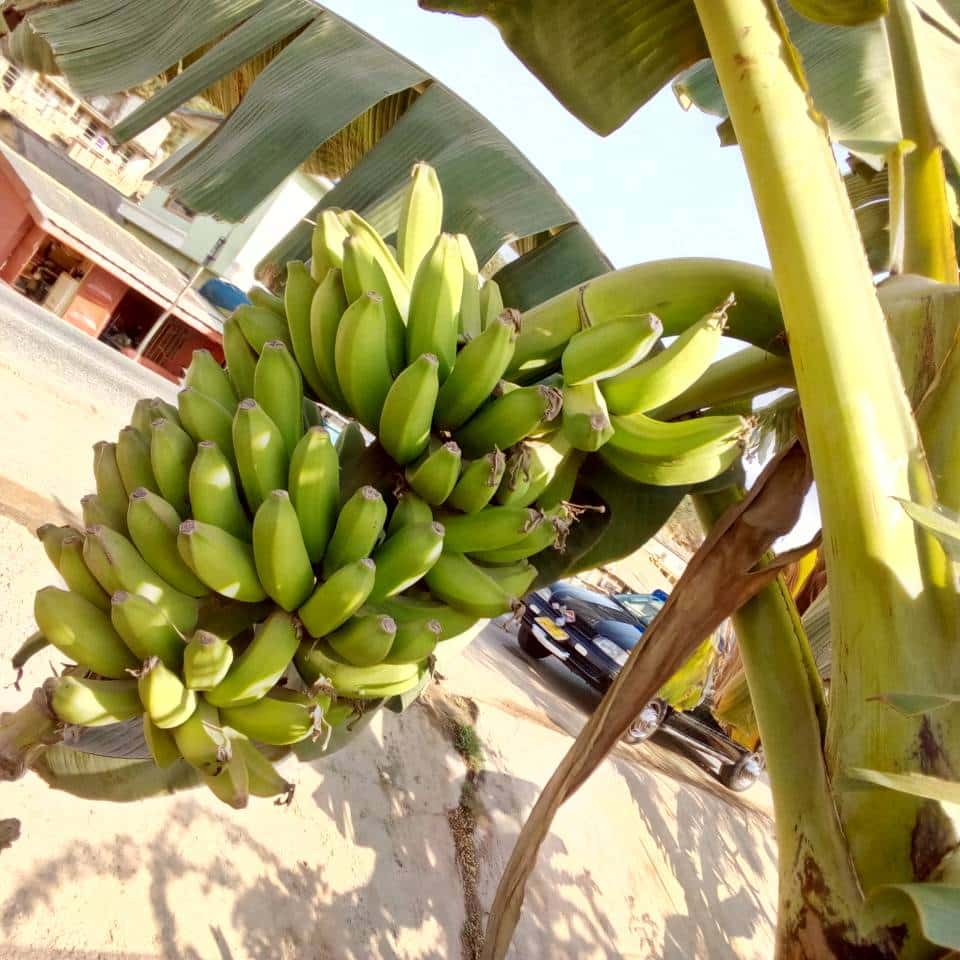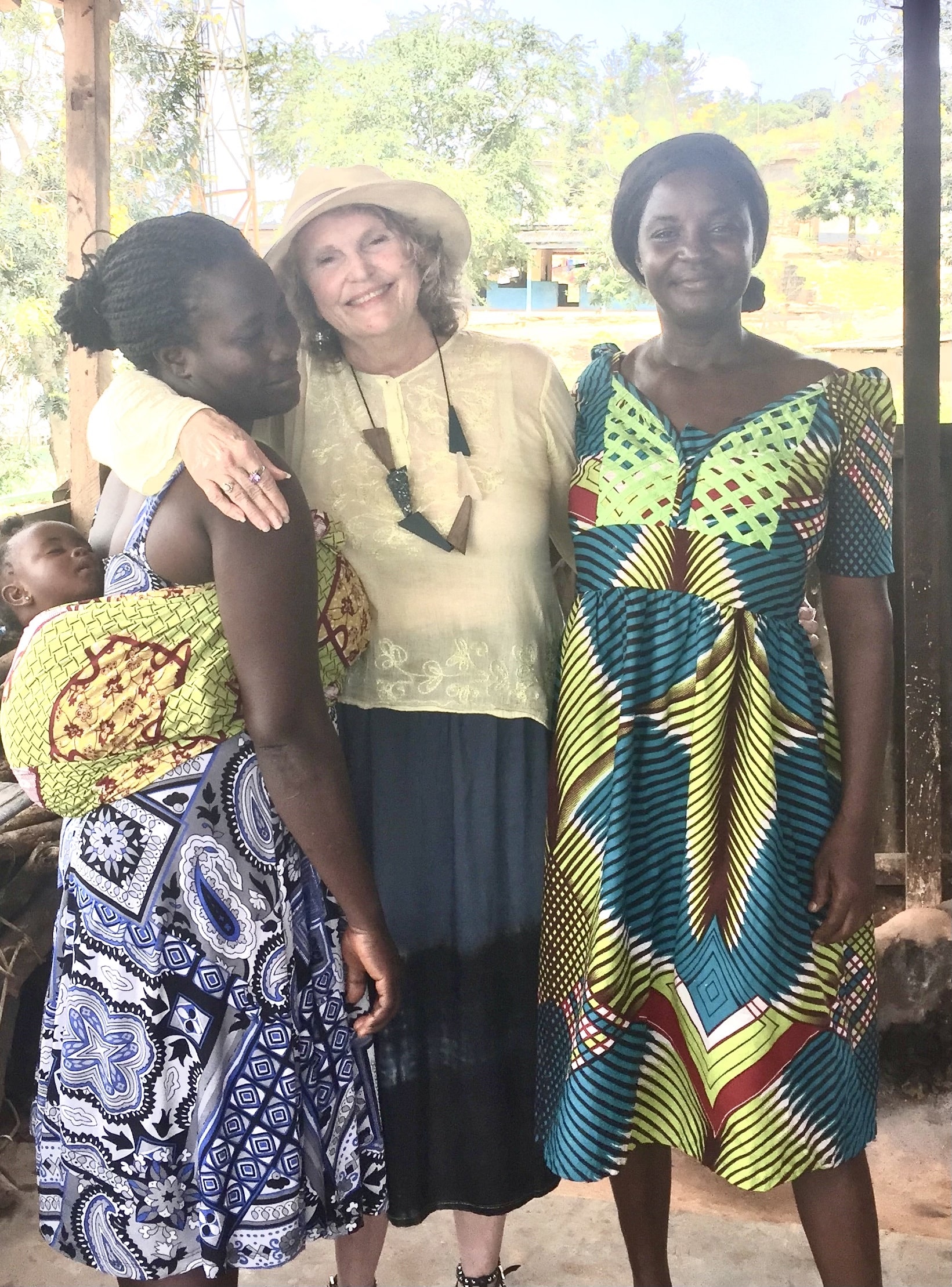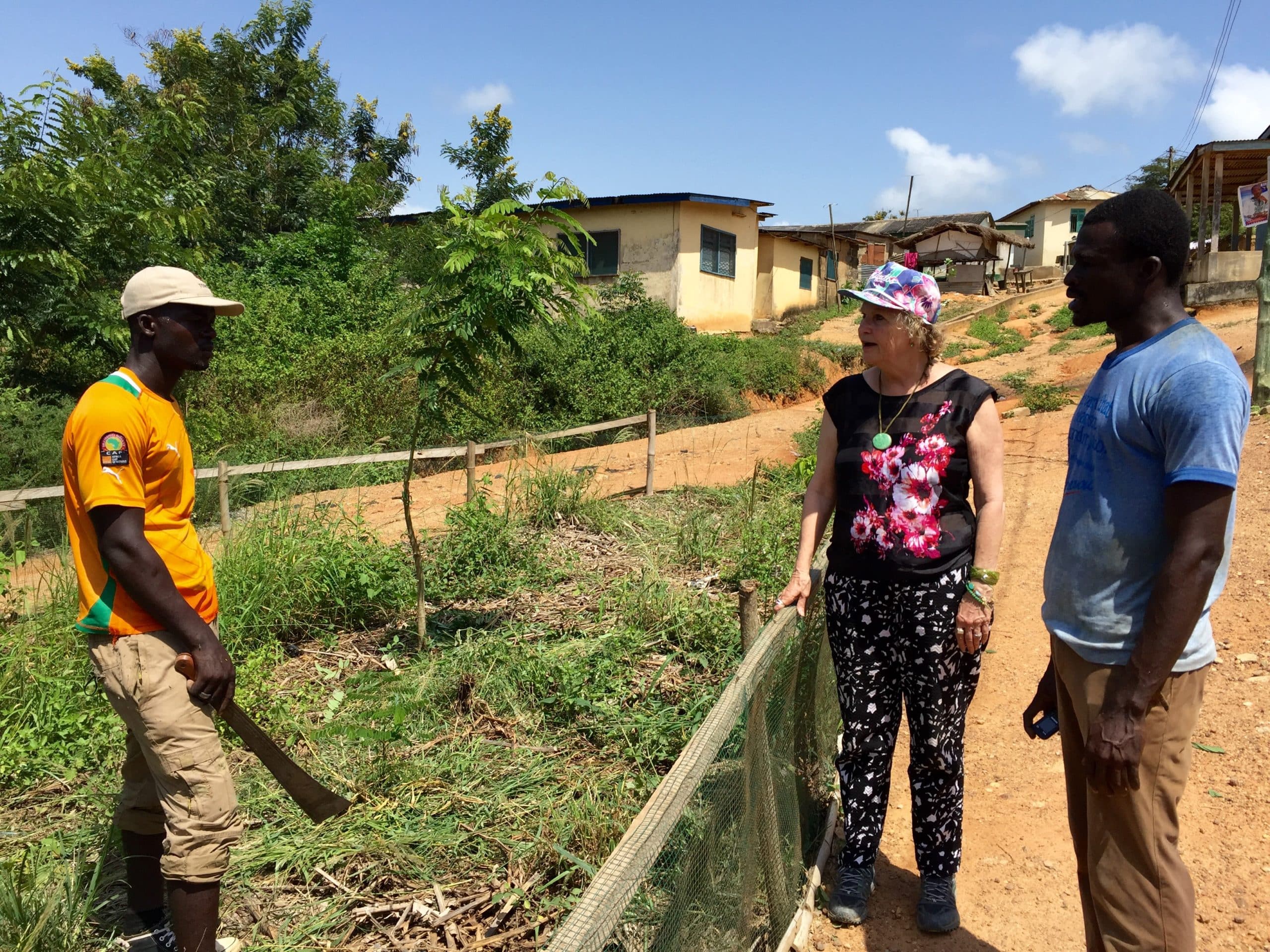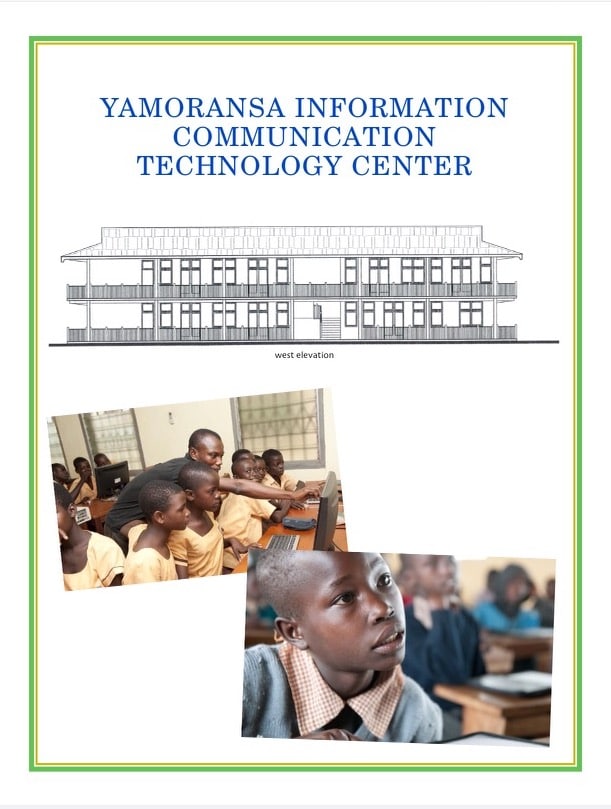Garden for Ghana
p r o j e c t
Making a difference in a village far away…
CNGF’s Garden for Ghana project is in a village named Yamoransa in Ghana, Africa. It will provide crops for eating, medicinal purpose, erosion control and ecological restoration. Yamoransa was chosen because UCC (Cape Coast University), the top university in Ghana is 20 minutes away and Professor Kofi Awusabe Asare, head of the Department of Population and Health, has been taking students there for community service projects since 2009.
Yamoransa is a town of about 4,700 people, situated in the coastal hills east of the town and University of Cape Coast, and along the road to the capital, Accra. The town has no running water, nor does it have permanent medical facilities. It has a primary school and a middle school, both of which lack athletic facilities. The town is well known for producing and selling Kenkey, a type of dumpling which is a staple of Ghanaian cuisine. There are numerous other small service businesses in the town; bakers, fruit vendors and shopkeepers. Most of the businesses are female-run. Currently, the residents of Yamoransa depend on charcoal and firewood for cooking and heating. This practice, along with slash-and-burn agriculture, has resulted in deforestation of the surrounding area, leading to high levels of erosion throughout the village. Due to the combination of deforestation and erosion, many native tree species have become scarce or endangered.
The project is based on a “garden model.” Working with our community partners, CNGF has optimized the model to fulfill Ghana’s needs by adjusting for local conditions (e.g., soil management, nutritional and medical needs, crop management, ecology). Yamoransa is the “initial” place in Africa for these gardens to be implemented with the goal that by sharing the experiences and benefits the model will be accepted and implemented in other areas.
One reason for the project’s success is the commitment of local and global partners to work together to achieve the common goals. People from many different backgrounds are planning, digging, composting, planting, and teaching together to make a difference.
Development
- Implementing erosion control – One of the biggest projects has been stabilizing hillsides and preventing further soil erosion
- Planting of endangered and threatened native plants of this region (the coastal savannah)
- The introducing of sustainable agricultural practices
- Improved food security
- Enhancing nutrition by produce from the gardens and education
- Incorporating composting into the daily life so it can be used as a renewable energy and incorporated into the soil-building program
- Working with local primary schools to write lesson plans which give the children a knowledge of their local natural environment (e.g., trees, plants, animals and weather) and an understanding of how sustainability affects the environment and them
- Working with local artists through the arts (books, music, and poems) to demonstrate and teach the value of environmental stewardship and nutritional values
- Raising awareness of the need for water recycling and establishing ways to capture rainwater. Rainwater from the roof of the ICT (Information, Communication and Technology Center) building will be captured for use in the village
- The reintroduction of indigenous edible and medicinal plants of the coastal savanna
Cultivation of Medicinal Plants
 The Orange-Fleshed Sweet Potato (OFSP)
The Orange-Fleshed Sweet Potato (OFSP)
Thirty-five percent of preschool-aged children in Ghana are severely deficient in vitamin A. This vitamin helps young children grow, enhances their resistance to disease, reduces mortality, and supports normal development and good health. Women of childbearing age, food insecurity and HIV/AIDS-affected households are also at high risk of vitamin A deficiency (VAD). Sweet potatoes are grown in many areas of Ghana. OFSP provides the body with an extremely high amount of vitamin A. Just one small root (100-125 grams) of most OFSP varieties can supply the recommended daily allowance of vitamin A needed by children under five years of age. These will be planted in all gardens. For more information about OFSP, reference the RAC.
The Synsepalum Dulcificum tree or the miracle fruit
When you eat the fruit, for about 60 minutes afterwards, any sour food that you eat, like lemons or dill pickles or grapefruit will taste sweet. The juice has a chemical called miraculin, which contains a glycoprotein molecule with some trailing carbohydrate chains that is found in the flesh of the fruit. It binds with the taste buds on the tongue and makes sour foods taste sweet for a brief period of time. It it a very attractive tall shrub and native to West Africa. In her June 2015 visit Alrie bought 5 seedlings for the garden. This will be a great plant for the children and a good introduction to native plants.



